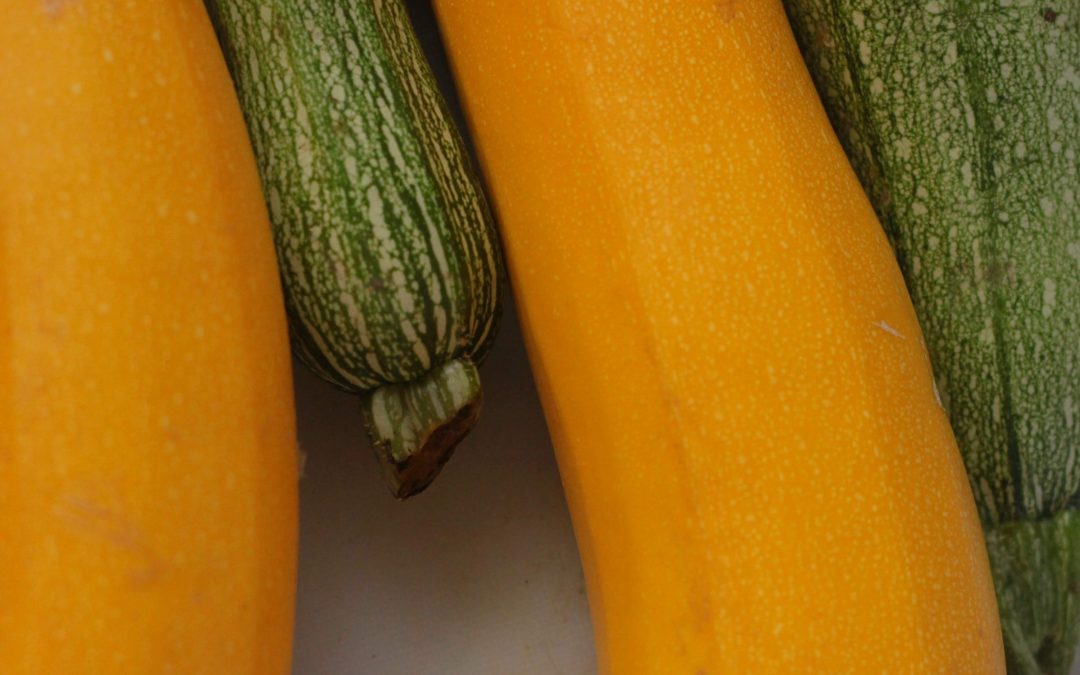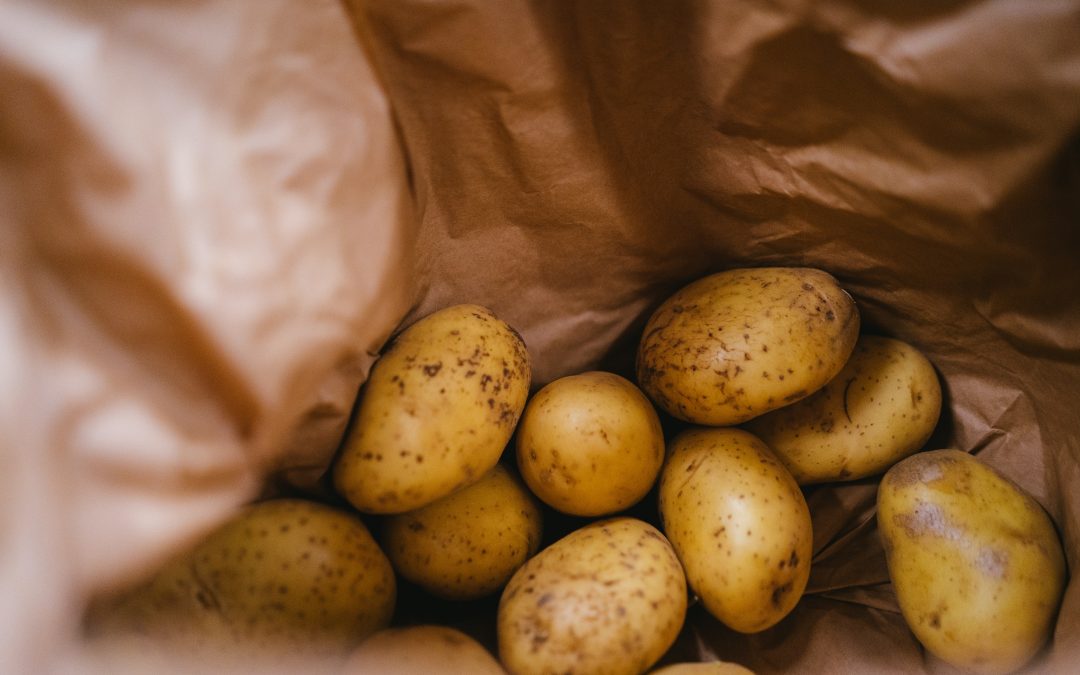Like a lot of our garden, since autumn - and the rains - have finally arrived, after a very long, hot summer, our vegetables seem to be growing at quite a pace. From seeds, we've got a bit of a bumper crop of courgettes, so having done a few soups, we decided to try...


